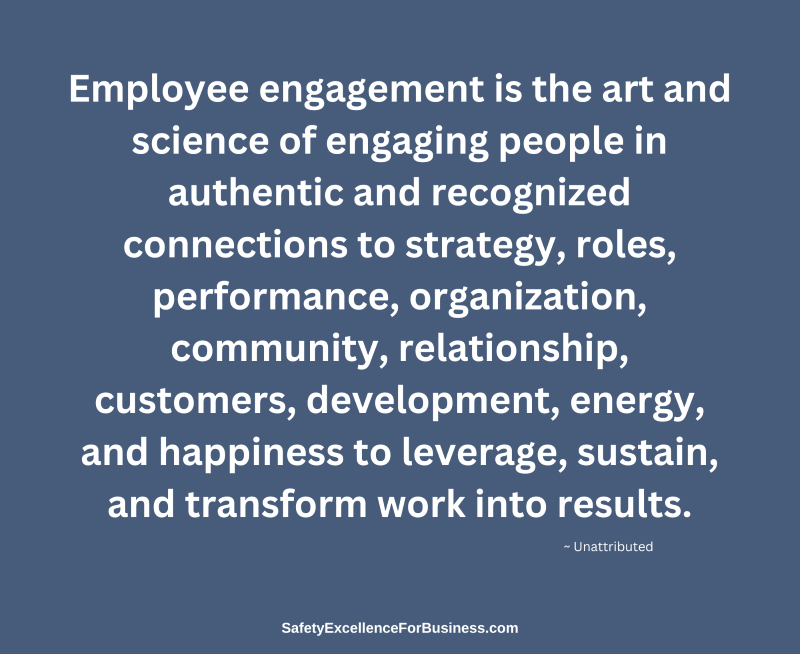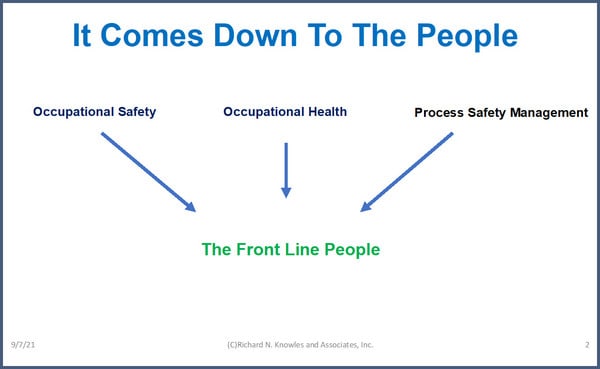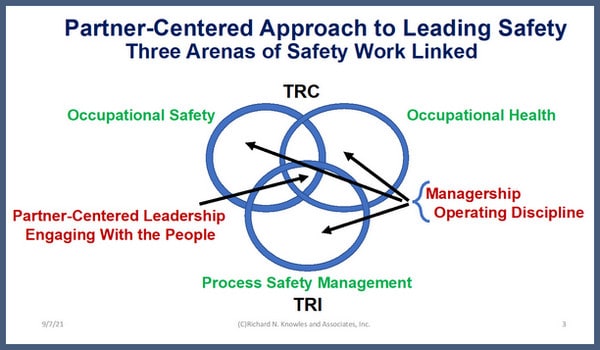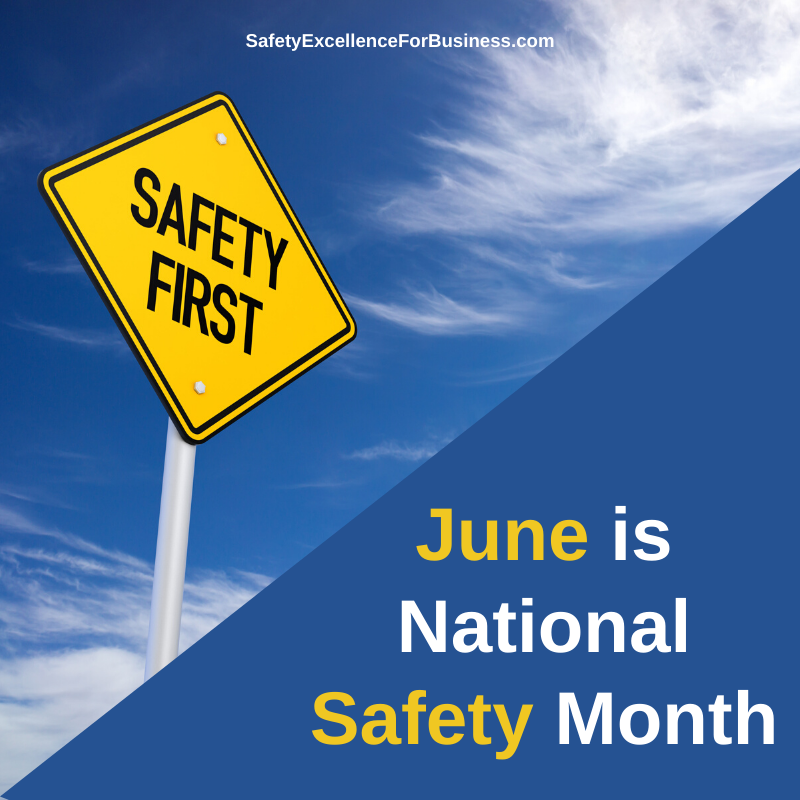Safety gets better when there’s Engagement and Respect happening!
The Occupational Health & Safety Survey
The State of Employee Safety in 2023 survey was published by Alert Media in Occupational Health and Safety.1 They surveyed 2000 full-time workers in the USA.
About 80% of the employees felt their safety was more important than productivity and job satisfaction. They all felt that their employers did not have as a high a value for any of these things. This was also true for mental health issues. Almost half of the employees are concerned about public health emergencies, workplace violence and technology failures.
About a third want better communications, more information about injuries and incidents as well as better safety training.
Reflections on the Feedback
In reflecting on the survey, the employees were fairly positive. It seems as though the people really want to be more a part of what is going on. While most of them care about their own safety, they feel that their managers do not care so much. They also feal that they are being left out of things. They want to know more about what is going on, not only about the things happening in their on workplace, but also about things going on outside of work that can impact them.

They want to know what the managers are thinking about. The employees also have ideas that they would like to share. They want better communications, as well as safety training. These are all good. But there is a sense that their managers do not have the same level of concern for their safety and health.
There was not much about what the employees could do to improve things. It is not just the managers who can make a positive difference, everyone can do that. This survey opens the door for good conversations about how things can get better.
Going Forward
In my experience, most people want to be treated with respect, be heard and have their ideas given consideration. As the managers and employees talk together, a lot of learning will take place. People will become more engaged and contribute more towards the organization’s success.
Sometimes managers hesitate to be more open and share for fear that they will loose control of things. As a manager for many years, I found that when I had my thinking and messages clear, I could talk openly with the people. We could set the standards and formulate the direction we needed to go. Then as we talked together, the people began to come together working towards really improving things, so I actually had better control in helping the organization to achieve success. Safety improved, productivity improved, and earnings improved.

While this sounds fairly simple, I have found that many managers try to avoid talking with the people. Managers are supposed to know what is going on and be able to answer questions so when they are asked a question they can’t answer, they feel as if they have failed. I struggled with this in my early, manager days until I accepted the fact that I did not know all the answers, and that was okay. No one knows everything, we all know that so let’s accept this and learn together. When I made this shift in my thinking, things got a lot better and much easier. I did not have to pretend that I knew everything, and fear that someone would embarrass me. When someone asked a question I couldn’t answer, I told them I did not know the answer, and then got back to them promptly when I did get the answer.
The more we interacted, talking and learning together, everything improved, and my job got a lot easier. I spent a lot more time being a cheer leader which was fun.
Everywhere I have worked, I found that treating people with respect, listening to their ideas, talking together, getting clear on the standards of performance, co-creating our goals and praising them for their successes was the formula for our successes. A lot fewer people got injured and the company made a lot more money.


 In times like this, when the business and production activities are ramping up, there is a real danger that safety problems will show up. Any time the level of activity changes, up or down, is a time of danger.
In times like this, when the business and production activities are ramping up, there is a real danger that safety problems will show up. Any time the level of activity changes, up or down, is a time of danger. Employee engagement has long been a concern to the U.S. workforce…it is a vital component of employee attraction and retention. Yet, with all the leadership programs targeted to “engage better with employees,” there hasn’t been a significant shift in relationships.
Employee engagement has long been a concern to the U.S. workforce…it is a vital component of employee attraction and retention. Yet, with all the leadership programs targeted to “engage better with employees,” there hasn’t been a significant shift in relationships.




